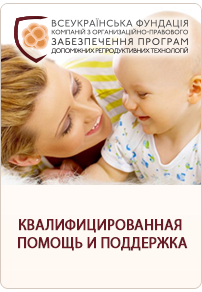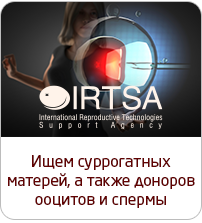The game changing future of fertility
Fertility doctors don’t give standing ovations very often. But when a team of Swedish doctors announced at a recent conference the first-ever birth of a baby to a woman who had a womb transplant, it nearly blew the doors off the room.
“I haven’t seen this kind of reaction to a report in all the years that I’ve been in this field,” says Karine Chung, MD, assistant professor of obstetrics and gynecology at the University of Southern California’s Keck School of Medicine. “It required a huge amount of hard work and dedication to get to the point where you can transplant a uterus into someone born without one and achieve a live baby.”
As for today, only nine women have undergone womb transplants, with three live births so far and “some ongoing pregnancies,” says Mats Brännström, MD, the doctor leading the trial at Sweden’s University of Gothenburg. And ultimately, even when the procedure is more advanced, it will be useful only for a small group of women, mainly those born without a uterus. That happens to only about 1 in every 5,000 U.S. women.
7.4 million women in the U.S. between the ages of 15 and 44 have at some point sought fertility services, according to the CDC. What are some of the other options on the horizon for these women?
Ovarian Tissue Freezing
A woman’s biological clock ticks mainly in her ovaries, not her uterus. (The transplanted uterus in Sweden came from a 61-year-old woman.) What if there were a way to keep the ovaries (or at least part of them) frozen at peak-fertility age, perhaps around 29 or 30, and then “wake them up” when a woman was ready to have a child?
A method called ovarian tissue cryopreservation (freezing) can solve such problems. Strips of tissue from a woman’s ovary -- or sometimes one entire ovary -- are surgically removed and kept frozen, then transplanted back at the right time.
According to statistics, about 30 successful pregnancies have resulted from ovarian tissue freezing. But all of these pregnancies have been in women diagnosed with cancer, who froze the tissue before undergoing chemotherapy or radiation that could damage their fertility.
Egg Freezing
The average woman is facing a ticking biological clock and the fertility advance that’s most likely to make a difference is egg freezing. This procedure was also experimental for years. Doctors could extract eggs, fertilize them with a partner’s sperm, and freeze the resulting embryo with a good chance of success -- but freezing an egg alone was harder.
That’s because the egg is mostly water, and when one is frozen, “cracking” -- damage to the genetic code -- can occur during freezing or thawing. A newer method of egg freezing, a super-fast cooling known as vitrification, finally solved that problem. To date, more than 2,000 healthy babies have been born after egg freezing. In 2012, the American Society for Reproductive Medicine announced that the procedure was no longer experimental.
As many fertility experts agree, if you’re going to freeze eggs, you’ll have the best chance of getting a larger number of healthy eggs to do it before 35. In the fall of 2014, Apple and Facebook caused a stir when they announced that they would cover egg freezing as a health benefit for their female employees.
Before you run out to freeze your eggs at 30 “just in case,” cautions that there are still unknowns. Maybe you will never need them, and then you’ve spent all that money -- one cycle costs about $10,000, and then it’s $500 per year to store them and you have to decide what to do with the eggs you’ve frozen.
You also can’t test the eggs that you’re freezing to see if they are chromosomally normal. Embryos can be tested, but eggs can’t. Finding a way to test them will be a major development, but that's probably a decade away.
Meanwhile, freezing of embryos is proving to be an effective technique for helping to ensure a successful pregnancy in some of the thousands of women who undergo standard in vitro fertilization every year. For a pregnancy to be successful, the lining of the uterus needs to be the right thickness when the embryo is implanted.
What hasn’t changed and probably never will is the fact that a woman’s fertility declines as she ages, especially after the age of 30.
On the Horizon: Test-Tube Sperm and Eggs?
Recently scientists at the University of Cambridge in England announced that, for the first time, they've been able to make primordial germ cells -- the primitive cells that ultimately become sperm and egg -- directly from human skin cells, in a laboratory environment. (The research appeared in the journal Cell.) The technique is probably at least 10 years from being ready for prime time. Still, it’s an important first step toward being able to make fully mature sex cells in a test tube, which may one day allow infertile couples who can’t produce sperm and eggs to have biological children.
Based on: medscape.com
- The central office of IRTSA Ukraine completely restores work
- How we work during the COVID-19 pandemic
- 1st International Congress on Reproductive Law
- Soon Americans may face a new ethical dilemma
- ‘Friends’ star Jennifer Aniston is pregnant with twins
- Image processing technology can impact the success rates of ivf
- Editing genes of human embryos can became the next big thing in genetics
- Supermodel Tyra Banks undergoes IVF
- Scientists discovered a new, safer way for egg freezing
- French scientists have managed to grow human sperm cells in vitro









